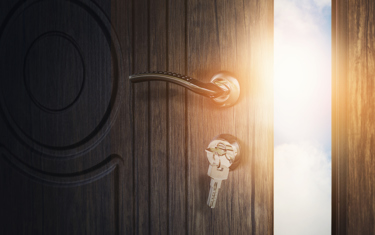How COVID-19 Is Driving Better Drinking Water Access In The U.S.


More than a year into the COVID-19 pandemic and with much of the U.S. opening back up, its residual effects on the country’s systems are becoming clear. And few areas of daily life have been more heavily impacted than drinking water systems.
Handwashing and the use of clean water in the home were identified early on as critical practices for curbing the spread of the novel coronavirus, but as many drinking water managers already knew, access to this vital resource is not equitable across the nation. The COVID-19 pandemic has underscored that fact for much more of the country.
“The pandemic is emphasizing the importance of water for public health and how crucial it is to protect it, and that goes beyond the pandemic,” Mary Grant of the Public Water for All Campaign, told Wired in a recent report. “It’s about flushing toilets, washing hands, cooking food, washing clothes. It should be fundamental that everyone has access to water. It’s a basic human right, and it’s necessary to live a life with dignity.”
Though the U.S. maintains some of the strictest drinking water contaminant limits in the country, much of the infrastructure serving its consumers is outdated. And many struggle to pay their drinking water or wastewater bills, necessitating pandemic-related shutoff moratoriums in many communities.
But it appears that legislators want to fix these issues on a fundamental level. Tangible change coming to water systems can be seen in the “Drinking Water and Wastewater Infrastructure Act of 2021,” which recently passed in the U.S. Senate by an overwhelming margin.
“The measure will provide $35 billion to allow states to repair their wastewater and drinking water systems, as well as allocate funds for Native American reservations to make repairs to their water infrastructure systems,” NY1 reported. “The bill amends the 1970s era Safe Drinking Water Act and the Federal Water Pollution Control Act.”
While advocates say there is a lot of work left to be done, even following major governmental assistance packages, it’s clear that one legacy of COVID-19 will be how it spurred more attention around drinking water and wastewater system funding.
“Congress did approve $638 million within the December coronavirus relief package to help pay households water and sewer bills, and followed that with an additional $500 million for water debt in the March relief bill — a grand total of $1.1 [billion],” according to Wired. “Water advocates have been pushing unsuccessfully for federal water assistance for years. In that sense, the pandemic has helped to finally attract congressional attention.”
To read more about how drinking water and wastewater infrastructure improvements are paid for, visit Water Online’s Funding Solutions Center.
